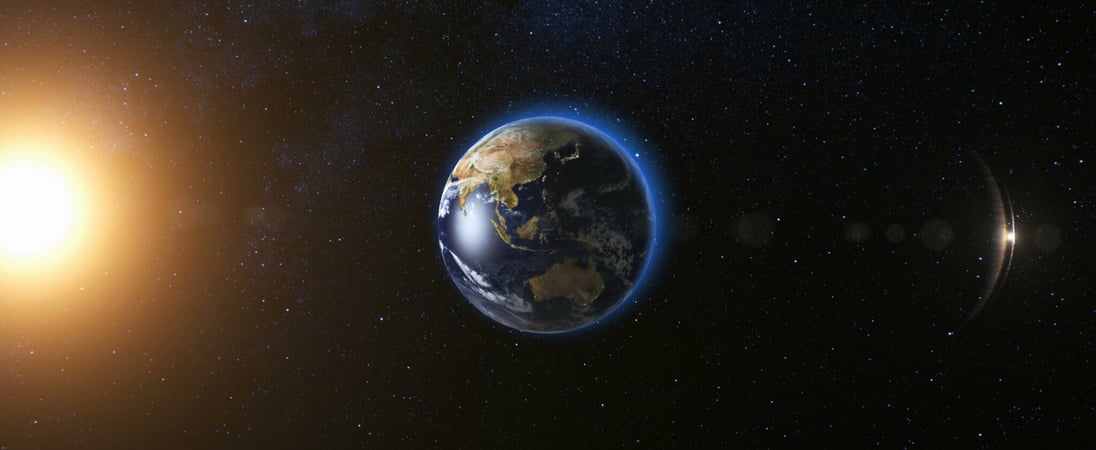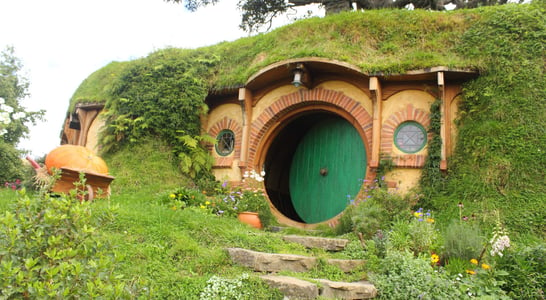
Perihelion Day
Earth is at its closest point to the sun, making the Sun's rays hit our planet at an angle, making it hotter in the southern hemisphere.
Celebrate the day when the Earth is closest to the Sun on Perihelion Day! Learn more fun and interesting bits of information about the Earth and its proximity to the Sun on this unique and interesting day.
History of Perihelion Day
While the Earth does rotate around the Sun, this orbit pattern does not fall into a perfect circle but, instead, happens in an oval shape called an ellipse. This means that the Earth is regularly moving closer to, and then further away from, the Sun.
In the year 1596, the scientific understanding of the Earth’s proximity to the Sun continued to be explored by scientists and astronomers. It was in this year that the term “perihelion” was coined by Johannes Kepler. At the same time, the term “aphelion” was used to note the day when the Earth was the furthest from the Sun, falling in the summertime.
Falling about two weeks after the winter solstice each year, the center of the Earth is approximately 93,000,000 miles from the center of the Sun, which is the closest that the Earth ever is to the Sun each year.
At this time of the year, the Earth’s orbital speed is at its maximum. Even though the Earth is so close to the Sun, this does not actually directly affect the warmth or coolness of the Earth.
One interesting fact about Perihelion Day is that it is ever so slowly creeping along in time. In fact, in the year 1246, Perihelion Day took place on December 21, which is the winter solstice. Since then, over the past eight centuries, the day has continued to slowly move so that the day moves approximately every 58 years.
As this process continues, astronomers claim that by the year 6430, Perihelion Day will coincide with the spring equinox that happens in March. But it’s highly unlikely that anyone alive today will live to see that, of course!
How to Celebrate Perihelion Day
Celebrate and enjoy Perihelion Day with some of these fun and interesting ideas:
Throw a Party for Perihelion Day
Intrigue friends, family members and coworkers by inviting them to a gathering to celebrate Perihelion Day. Most of them probably won’t even know what this day is, but it’s a fun excuse to throw a party in the dark days of early January! Perhaps use a space theme for decorating for the Perihelion Day party, and make snacks that go along with the theme, such as Sun and Earth-shaped cookies or cupcakes.
Have Fun with Science on Perihelion Day
Perihelion Day could be a very fun time to channel that inner kid and make a science project or experiment! Perhaps construct a 3D model that depicts the Earth, Sun and Moon in their perspective orientations to one another. Or consider the way that shadows and seasons are shaped by the proximity of the Earth to the Sun.
Also on ...
View all holidaysNational Fruitcake Toss Day
Tossing fruitcake has become a holiday tradition for those who despise its dense texture and artificial flavors.
Festival of Sleep Day
Resting your eyes, snuggling up in your favorite blanket, and letting your mind wander into the peaceful abyss is pure magic.
National Chocolate Covered Cherry Day
Satisfy your sweet tooth with some gooey, fruity confectionery or make the classic recipe even more of a treat by adding extras such as marzipan.
JRR Tolkien Day
Crafting intricate fantasy realms and epic adventures, this renowned author redefined storytelling, and captivated readers young and old.




